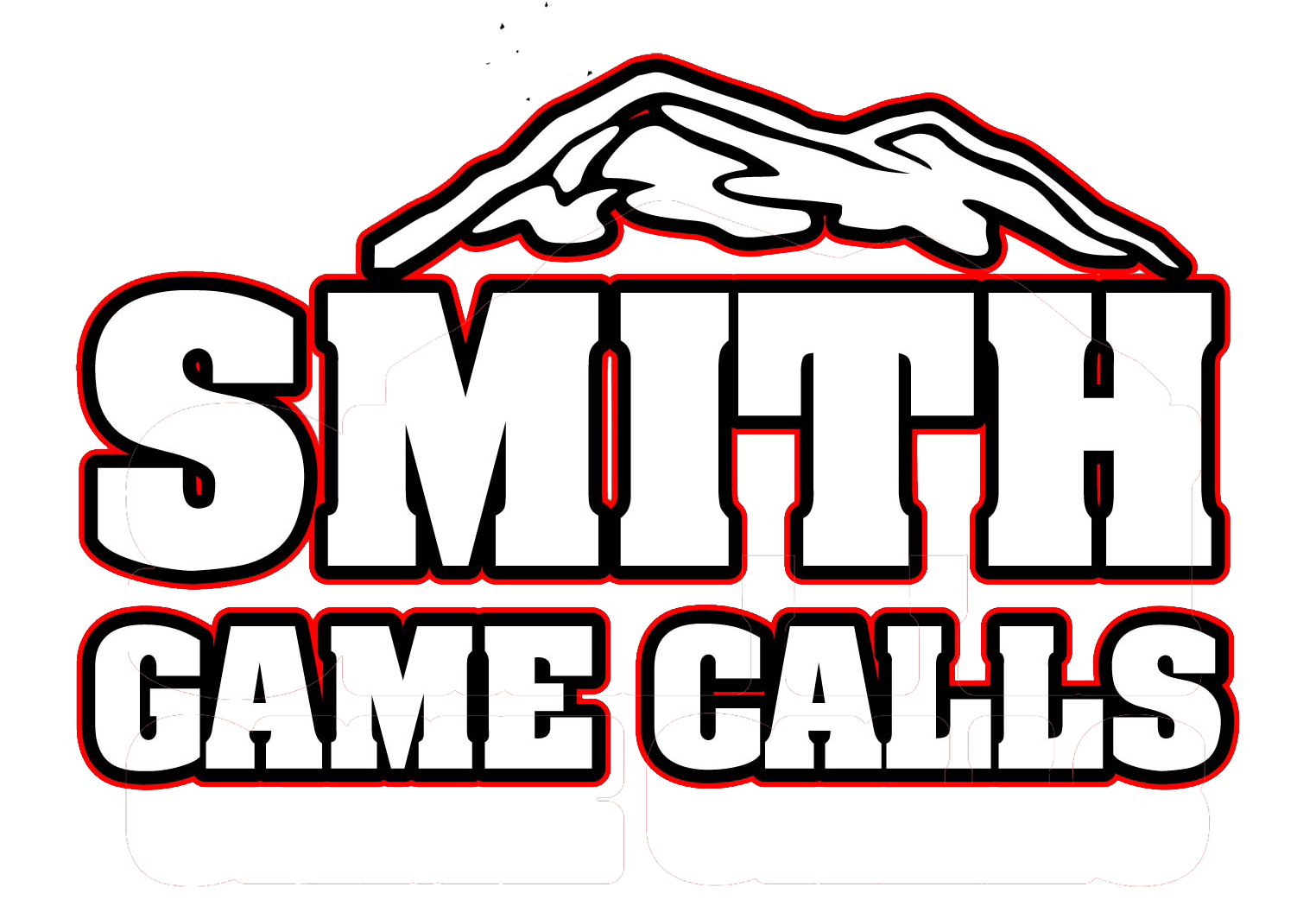Diaphragm style elk calls are superior to any other style of elk calls for more than one reason. Versatility, realism and the ability to be hands free. After learning how to use a diaphragm style elk call, you can essentially make every noise an elk makes with just one call. That sure beats having three or four different calls dangling off of a lanyard. Other styles of elk calls may be able to closely mimic the same sounds that an elk makes, but no call other than a diaphragm style reed will sound as natural or realistic as an elk when used properly. This is very important in high pressure hunting areas where most, if not all bulls have been called at by other hunters. The more realistic your call, the more elk you will call in. Lastly, hands free! If you are a bow hunter then you already know how important it is to be able to use your call and be able to draw your bow at the same time.

I would say the biggest reason people choose not to use a diaphragm elk call is the difficulty in learning how use them. Luckily there are many great ways to learn. There are tons of video tutorials on YouTube (yes Smith Game Calls will eventually put something out there) in the mean time go subscribe to our YouTube channel! If you look up Michael Batease at Elk Calling Academy on Facebook, he can help almost anyone get their elk calling skills up to a professional level (tell him Smith Game Calls sent you). Regardless of which route you take, it takes a lot of practice, practice and practice.

Smith Game Calls reeds are designed to be easier to learn on by built on a slightly wider frame, it gives you more latex surface area to use. This gives you more control of the sounds that you want to make. When using a diaphragm call you want to place the reed against the roof of your mouth with the latex side facing outward. Move the call around the roof of your mouth until you find where it comfortably fits. It is important to make sure you have a good seal against the roof of your mouth. You do not want any air to pass over the top portion of the reed as you exhale. The goal is to use your tongue to direct the air across the latex portion of the call. If you can get the air to funnel between your tongue and the latex then congratulations, you just made a sound with your new elk call.
Now that you are able to make noises you are going to want to learn how to manipulate the latex on the reed to give off higher or lower notes. The more tongue pressure, the higher the note. The less tongue pressure, the lower the note.
Cow sounds – To make cow sounds you want to start with a mid to high note and move down to a low note by letting off tongue pressure. Almost as if saying the letters “eeeeooooh” letting off tongue pressure during the “ooooh” portion of the sequence. Once you have that down you can add your voice into the call, almost as if you slightly growl at the same time to, to add realism to your estrus cow sounds.
Locator bugle – Elk are known to communicate with one another from a long range using what hunters call a “locate bugle”. It is a simple low note to a high note back to a low note, with no aggression to the call. To make this sound you want to start off with a low note and gradually transition into a higher note by increasing tongue pressure, at this point you can increase air pressure to maintain the high note as smooth as you can for two or three seconds before quickly and subtly dropping off to a lower note again. Practice this over and over again until you get the hang of it.
Challenge bugle – Much like the “locate bugle” the mechanics are the same except you want to add more emotion and aggression into your sequence. You can achieve this by adding your voice. By saying “grrrrrr” at the beginning of your sequence will give you a more raspy sound, once you reach a high note you can add what is called a “lip bawl”, while still holding a high note sputter your lips as if blowing into a trumpet to give off a more aggressive sound.

These are just a few of the many sounds elk make, but they are essential sounds you will need to know in order to call in an elk. You might be able to get a reply from a bull elk every time by using a “locate” bugle but that does not mean he will come to you. You will have to mix up various cow sounds and/or challenge calls to bring him in, almost as if you a creating a real scene for that particular elk.
We’d love to hear your feedback and we welcome any questions anyone might have whether it be elk calling or elk hunting in general, cheers.
Steven Smith
